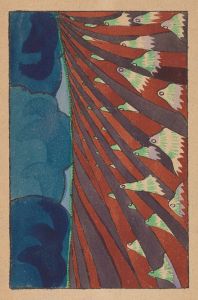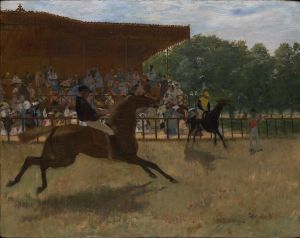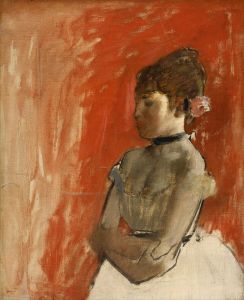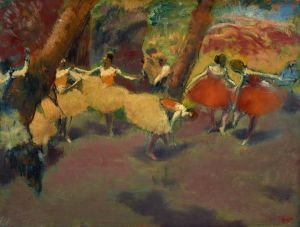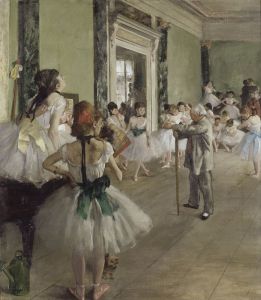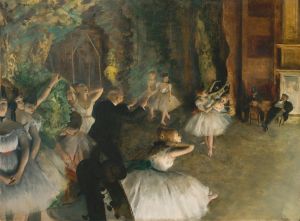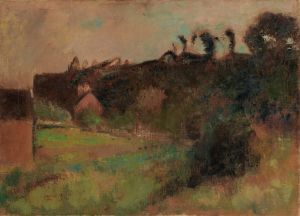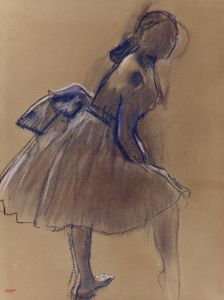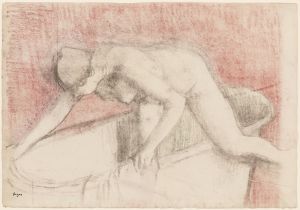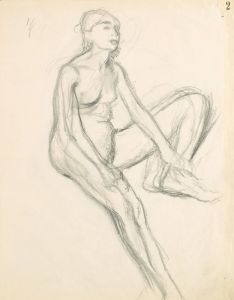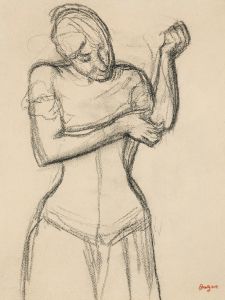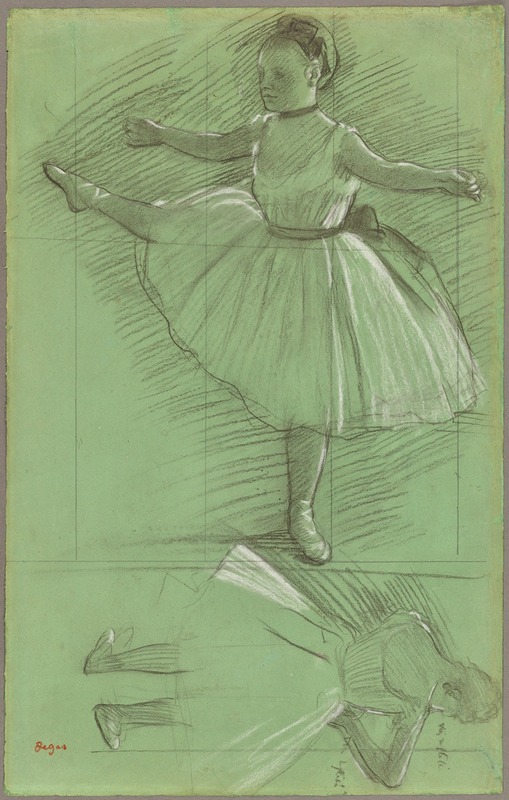
Two Studies of Dancers
A hand-painted replica of Edgar Degas’s masterpiece Two Studies of Dancers, meticulously crafted by professional artists to capture the true essence of the original. Each piece is created with museum-quality canvas and rare mineral pigments, carefully painted by experienced artists with delicate brushstrokes and rich, layered colors to perfectly recreate the texture of the original artwork. Unlike machine-printed reproductions, this hand-painted version brings the painting to life, infused with the artist’s emotions and skill in every stroke. Whether for personal collection or home decoration, it instantly elevates the artistic atmosphere of any space.
Edgar Degas, a prominent French artist associated with the Impressionist movement, is well-known for his depictions of dancers, which form a significant part of his artistic legacy. Among his works, Two Studies of Dancers is a notable example that reflects his fascination with the world of ballet and his innovative approach to capturing movement and form.
Two Studies of Dancers is a drawing that showcases Degas's mastery of draftsmanship and his dedication to studying the human figure in motion. The artwork consists of two separate studies of ballerinas, rendered with precision and sensitivity. Degas often used such studies as preparatory works for his larger compositions, allowing him to explore poses, gestures, and the anatomy of his subjects in detail. These studies were typically created using mediums such as charcoal, pastel, or pencil, though the specific medium for this particular work may vary depending on the version or reproduction.
Degas's interest in dancers was not merely aesthetic; he sought to portray the physical rigor and discipline of ballet, as well as the fleeting, ephemeral quality of movement. His works often depict dancers in rehearsal or backstage settings, offering a glimpse into the behind-the-scenes world of performance. This focus on candid, unidealized moments set Degas apart from many of his contemporaries and contributed to his reputation as a keen observer of modern life.
The exact date of Two Studies of Dancers is not definitively documented, but it likely falls within the period when Degas was most actively engaged in creating works centered on ballet, roughly the 1870s to the 1890s. During this time, Degas frequently visited the Paris Opéra and its rehearsal studios, where he found inspiration for many of his compositions.
Degas's studies of dancers, including Two Studies of Dancers, are celebrated for their dynamic compositions and their ability to convey the grace and effort of ballet. These works also demonstrate his innovative use of line and form, which influenced subsequent generations of artists. Today, Degas's drawings and paintings of dancers are among the most recognizable and admired works in the history of art.
Further details about Two Studies of Dancers, such as its current location or specific provenance, are not widely documented. However, it remains an important example of Degas's dedication to capturing the beauty and complexity of human movement.





